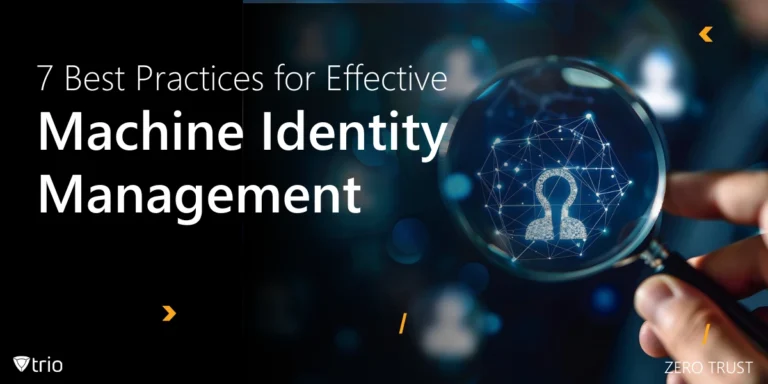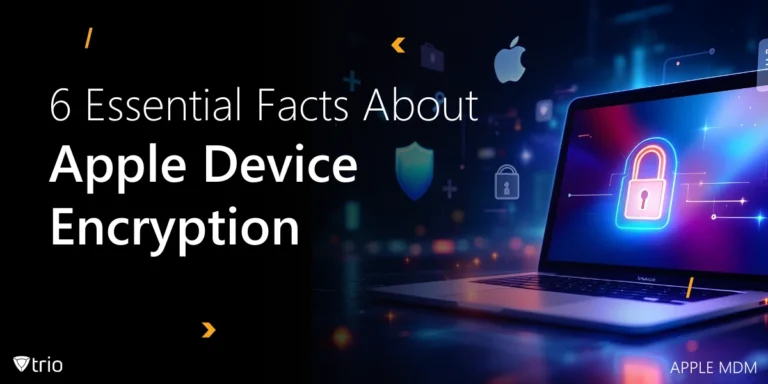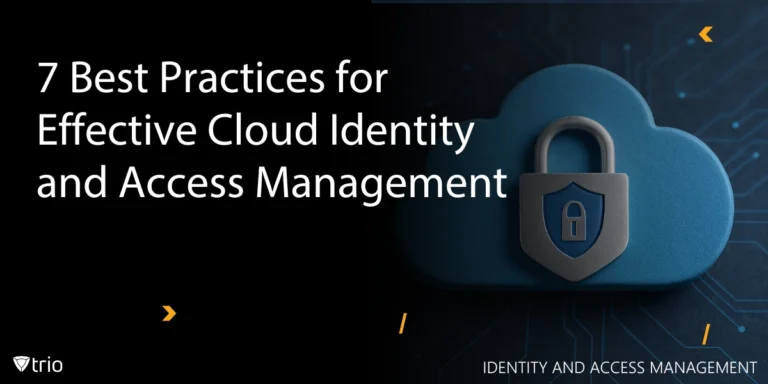In today's fast-paced digital age, companies are continually seeking ways to automate and streamline their operations. One area that has seen significant advancements is employee offboarding automation. Although traditionally overlooked, automating the employee offboarding process can offer numerous benefits, including improved efficiency, reduced risk, and enhanced data security.
This article delves into the importance of an automated offboarding process, explores the benefits, and provides a step-by-step guide on implementing it successfully.
What Is Employee Offboarding?
Before delving into the automation aspect, let's first understand what employee offboarding is. In simple terms, employee offboarding refers to the formal process that occurs when an employee exits an organization. This could be due to various reasons: retirement, resignation, or termination.
The offboarding process typically includes several steps, like conducting exit interviews, revoking system access, retrieving company property, and completing any necessary paperwork. In essence, it's about ensuring a smooth and respectful transition for the departing employee while simultaneously protecting the company's interests.
Why Employee Offboarding Matters
Now, you might be wondering, “Why is offboarding so important?”
Firstly, an effective offboarding process safeguards your company's sensitive data. When employees leave, they often have access to a wealth of company information. By systematically revoking their access to company systems, tools, and data, you reduce the risk of unauthorized access or data breaches.
Secondly, the offboarding process can provide valuable insights. Through exit interviews and feedback, you can gain a better understanding of what's working well within your company and areas for improvement. This information can be instrumental in refining your company culture and reducing future turnover.
Thirdly, a well-executed offboarding process can leave a positive last impression on departing employees. This can significantly impact your company's reputation and employer branding.

The Need for Automation in Employee Offboarding
Given the significance of offboarding, this process must be conducted efficiently and effectively. That's where automation comes in, along with a data archiving strategy.
Only a small fraction of organizations have fully automated their employee offboarding process, incorporating employee offboarding automation. This is surprising considering the numerous benefits that automation can bring. Implementing automation in the offboarding process can streamline workflows, reduce errors, and save time.
With the right tools and software, you can automate various offboarding tasks, including scheduling exit interviews, revoking access to company systems, retrieving company equipment, updating HR records, and implementing a data archiving strategy to ensure seamless transition and compliance with data retention policies.
The Trio MDM Solution
One such automation tool that can significantly streamline your offboarding process is the Trio MDM solution. This Mobile Device Management (MDM) solution helps IT administrators manage and secure company-owned mobile devices.
During the offboarding process, Trio MDM can be used to remotely wipe devices, ensuring that sensitive company data doesn't fall into the wrong hands. It can also be used to revoke access to company apps and systems, further protecting your company's data.
To witness firsthand the positive impact such a system can have on your operation, you're invited to try out Trio’s free demo and see how you can make a difference in IT automation at your organization.
Creating an Automated Offboarding Checklist
A key aspect of implementing an automated offboarding process is creating a comprehensive checklist. A checklist serves as a step-by-step guide for your company’s IT and HR departments to ensure that all necessary tasks are completed.
Here's a sample automated offboarding checklist:
- Acknowledging the resignation or termination
- Informing relevant stakeholders about the employee's departure
- Scheduling an exit interview
- Planning for knowledge transfer and reassignment of tasks
- Revoking access to company systems and data
- Retrieving company property
- Updating HR records
- Conducting an exit interview
- Finalizing payments and benefits
- Communicating the departure to the rest of the team
Best Practices for Automated Offboarding
Maintain professionalism: Regardless of the reason for the departure, always treat the employee with respect and professionalism. This can leave a positive last impression and protect your company's reputation.
Ensure data security: Promptly revoke the departing employee's access to company systems and data to protect sensitive information and prevent data breaches.
Conduct an exit interview: This provides an opportunity to gain valuable feedback and insights, which can help improve your company's practices and reduce future turnover.
Update your HR systems: Ensure that your HR systems are promptly updated to reflect the employee's departure, including:
- Updating their status in the HR system
- Removing them from the payroll
- Updating the status of their benefits
Conclusion: The Need to Automate Offboarding
Employee offboarding requires cooperation and synchronization from both the IT and HR departments. Automating the employee offboarding process can bring numerous benefits to your company. Not only does it streamline operations and save time, but it also helps protect sensitive data, maintain positive relationships with former employees, and, ultimately, enhance your company's reputation. By following the steps outlined in this guide, you can effectively implement an automated offboarding process in your organization. Consider Trio, an outstanding MDM solution suitable for organizations of all types and sizes. Take advantage of the free demo to explore its features.
Get Ahead of the Curve
Every organization today needs a solution to automate time-consuming tasks and strengthen security.
Without the right tools, manual processes drain resources and leave gaps in protection. Trio MDM is designed to solve this problem, automating key tasks, boosting security, and ensuring compliance with ease.
Don't let inefficiencies hold you back. Learn how Trio MDM can revolutionize your IT operations or request a free trial today!





